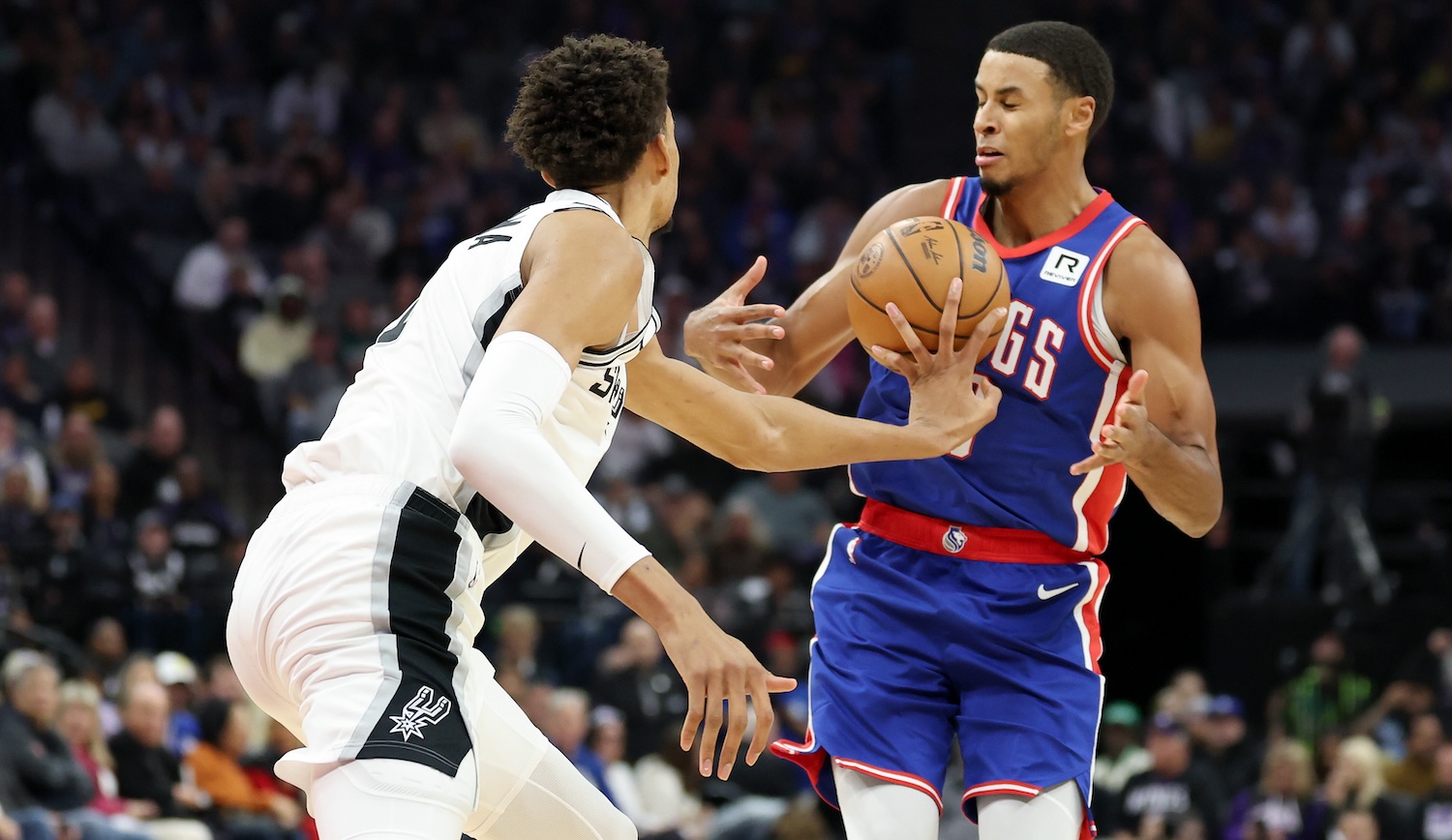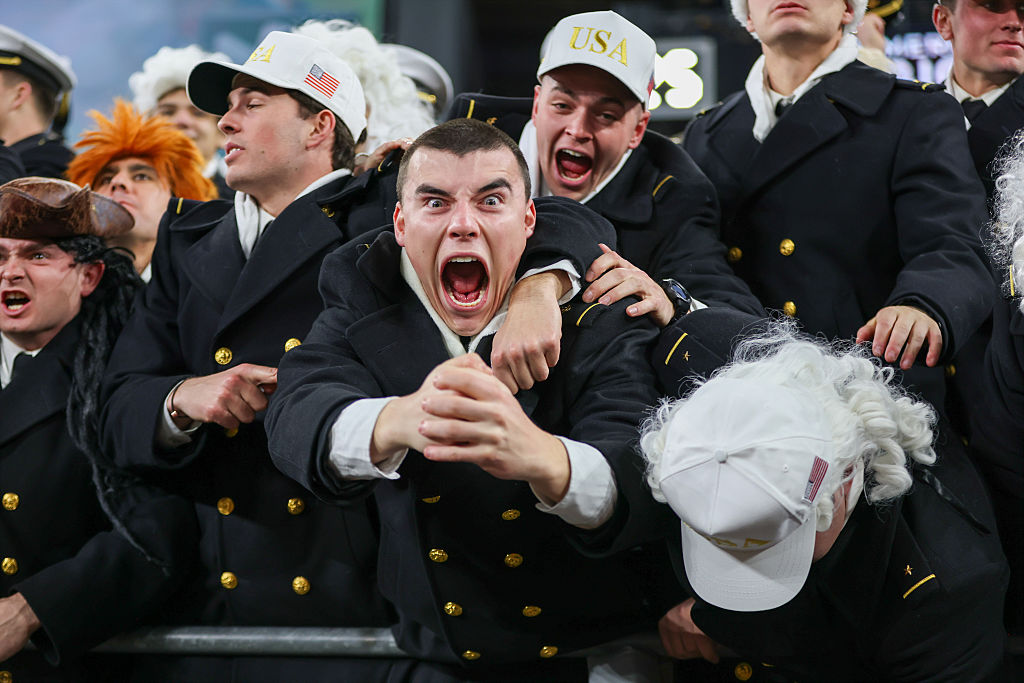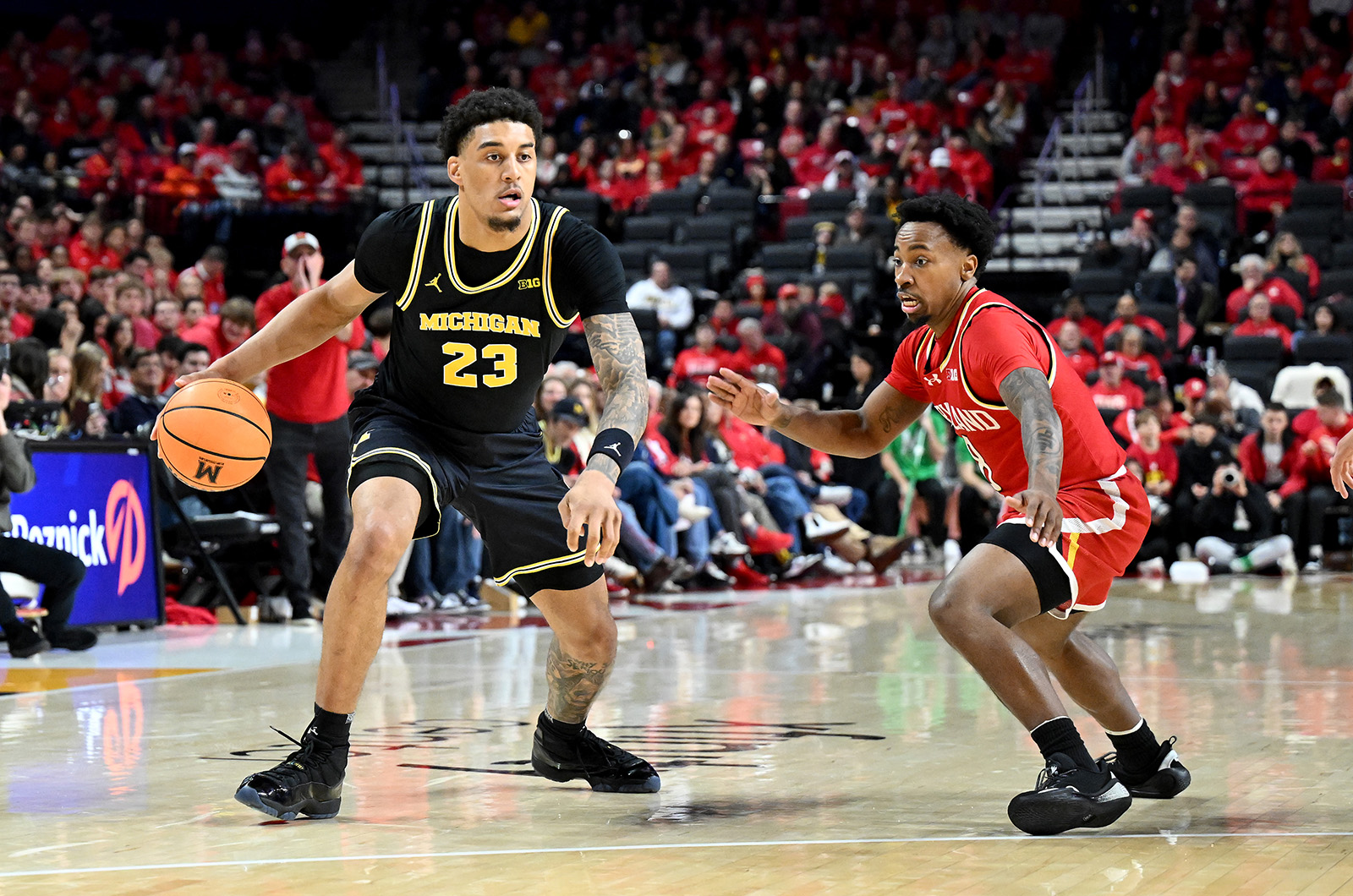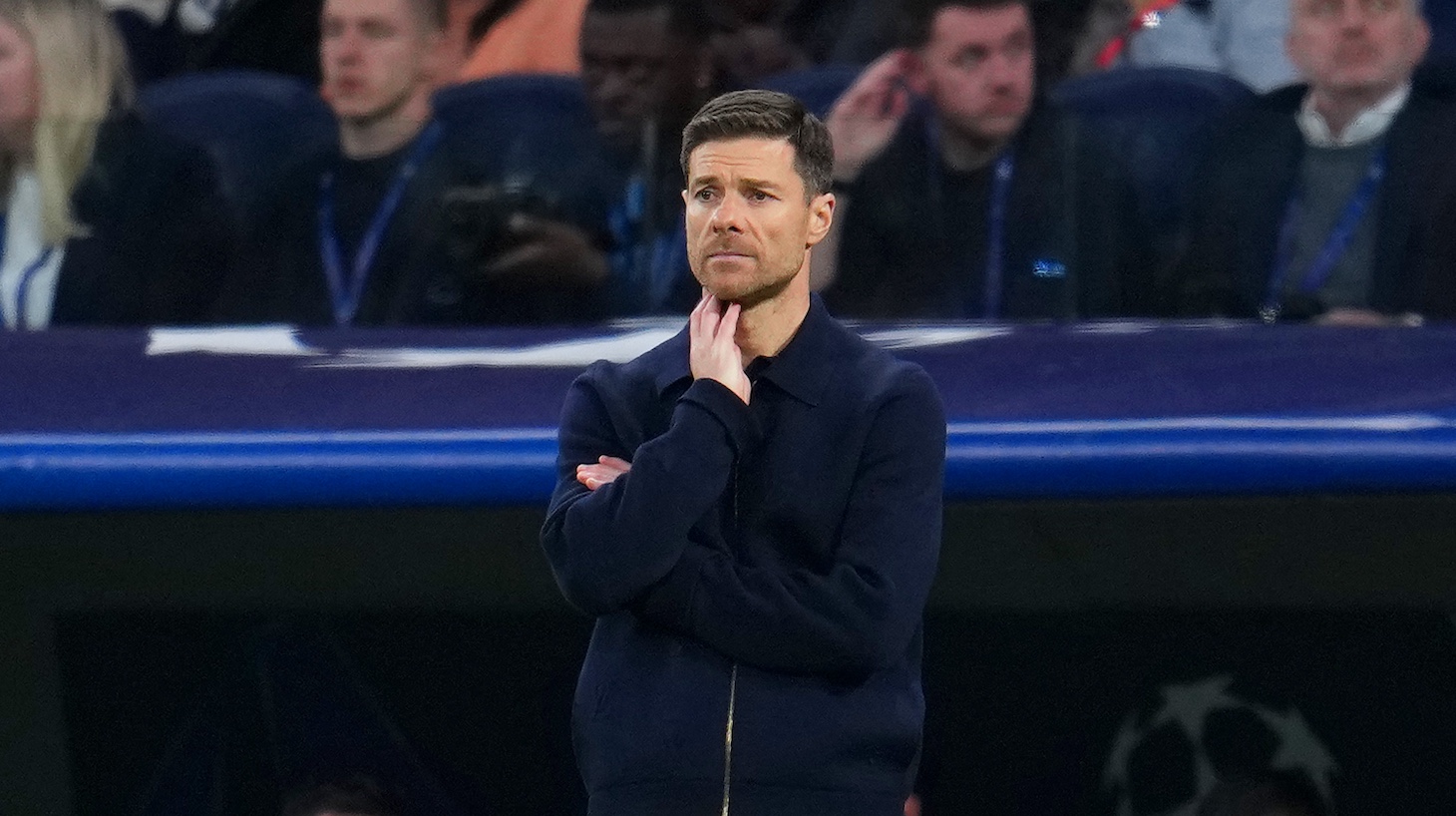The theory of the dribble handoff is sound: The hub, typically a center brutish enough to dislodge trailing defenders with a screen but adept enough with the rock to make quick passing decisions, scrambles typical pick-and-roll coverage by simultaneously acting as both ball-handler and screener. With a live dribble, they have the latitude to punish overzealous help defense and dictate the angle of the screen. The player coming around the DHO can either pop into open space or attack a slightly shifted defense, with the hub either rolling or popping themselves.
One NBA team, Sacramento, has made the DHO the foundation of its half-court offense. This made total sense when the Kings implemented the system two seasons ago and won 48 games; it also helps explain why the team is currently drawing dead in a conference that has passed them by.
The Kings are 9-12, which is good for 12th in the internecine West. Since De'Aaron Fox dragged them across the finish line against the Jazz, they have gone 1-6, losing at home to the Hawks, Nets, Blazers, and Spurs. They have played the fourth-easiest schedule in the league, and correspondingly have the second-hardest remaining schedule. It's been a profoundly disappointing first quarter of the season, one that can only be explained to a certain point by injuries and the even more pronounced superiority of the West. So why are they like this?
The silver linings–seeker would point to the team's faintly positive point differential, disadvantage in the luck stats, and terrible record in close games, and say the Kings are not actually "like this." The optimist would point to the Kings' horrid three-point shooting numbers and their opponents' gaudy totals, and make a point about how seasons and games in the modern NBA hinge on the random number generation of volume three-point shooting. The experience of actually watching the team play doesn't support that optimistic outlook. I think the three-point shooting gulf, rather than excusing the team's bustedness, actually explains it.
Simply put, the Kings have failed to keep up with the evolution of the game. This—the disgraceful losses to rotten teams, the manifold blown leads, the general sense of looking south on a northbound boat—is what getting left behind looks like.
It will probably not surprise you to learn that teams are taking more three-pointers than ever before, though the magnitude of the jump this season is noteworthy. After average three-point attempt rates hovered between 38.4 percent and 39.9 percent for five seasons, the average NBA possession in the 2024–25 season results in a three-point attempt 42.3 percent of the time. That's a 2.8-percent increase from last season and the biggest jump in eight years, which is eye-catching given that the dominant mode of evolution in the NBA for a decade has been teams taking more threes.
What's been interesting to watch this season is how defenses have responded to the barrage. The best units in the league are extremely aggressive, and it's super fun to watch them operate. They deny working space on the perimeter and close out aggressively on shooters and rotate behind to quickly erase advantages, which is the sort of scheme you can pull off only if all five players are working as a unit. The cat-and-mouse metagame of NBA offenses and defenses adjusting to each other is always fascinating to watch, and with offense down a tick despite all that three-point shooting, I'd argue we are seeing the defenses finally achieve tactical superiority.
A new dominant form has emerged. Gone are the Thibsist over-rotations from two passes away and the Budenholzerian rim-bunkers. Nothing so reactive works against the sort of spacing we see today. The only way to fight this battle and win is with aggression and coordination, all five guys actively trying to make plays and rotating together. Many good teams are playing more of their reserves, which allows them to keep up a higher level of freshness and intensity.
This brings us back to the Kings' DHO stuff, which doesn't work against teams who can play this way. The problem with Sacramento's DHO offense is that it relies on teams miscommunicating and making mistakes. For two seasons (really, more like one-and-a-half), the Kings steadily manufactured free points on cheap back-cuts and wide-open threes as teams were asked several times per possession to defend something like Domantas Sabonis handing it or not handing it off to Keegan Murray. Two players, including the opposing center, would have to make the right decision out on the perimeter, over and over again, or the Kings got an open shot. The problem is, if the two guys don't lose their minds and let someone slip to the rim, it's very simple to make the right decision, which is to hound the ball-handler and rotate to the handoff receiver. The Warriors won their first-round series against the Kings two years ago by clogging passing lanes and daring Sabonis to score, which he could not do.
This year, teams are staying home on Kings shooters and gumming up the works on handoffs, which is extremely easy now that DeMar DeRozan is in town to either take impossibly difficult midrange jumpers on his possessions, or stand there and let the defense play 4-on-5 on every other possession. For the third season in a row, Sacramento leads the league in DHO frequency, though after two years of scoring at a top-five rate out of DHOs, the Kings currently produce just 0.87 points per possession, per NBA.com. They are 25th in three-point percentage and 24th in attempts.
Two stats that track onto each other to an uncomfortable degree: Keegan Murray's three-point shooting and the Sacramento Kings' winning percentage. In 2022–23, Murray set a new rookie record for made threes, hitting 206 on 41.1 percent shooting. This year, he's making only 27.4 percent of his longballs, on 5.6 attempts per game. That's a stunning regression, and one that I think is best explained by the sorts of threes he's getting out of the Kings primary offense. The tracking data only shows a slight downturn in open and wide-open threes for Murray, though if you watch the Kings, you see that Murray is under some degree of pressure on most of those shots, and that teams are not letting him get off anything clean from the corners or above the break. It's easy, then, to read Murray's hot 2022–23 as a quirk of timing. He's a mediocre athlete who can't get his own separation on the perimeter, and if the good-shot factory gets shut down because opponents adjusted, there's not much he can do.
Sunday night's loss against the Spurs epitomized the Kings' season to this point. Sacramento dominated in the paint, on the offensive glass, and in transition, but lost by two points, and San Antonio made 23 threes to Sacramento's 12. The Spurs happily ran everything through Victor Wembanyama and happily took the open threes that Kings gave up by over-helping on him; at the other end, they forced Fox and Sabonis to operate under serious pressure, unless the Kings simply played into the Spurs' hands and let DeRozan isolate. The Spurs are arguably less talented than Sacramento, though they are far deeper than the Kings—who have one of the worst benches in the league—and far more capable of maintaining good spacing.
You can look at the Kings winning in all the traditional categories and grouse about shooting luck, but I saw something far more worrying: a team that understands how to play in 2024 beating a team that doesn't.







